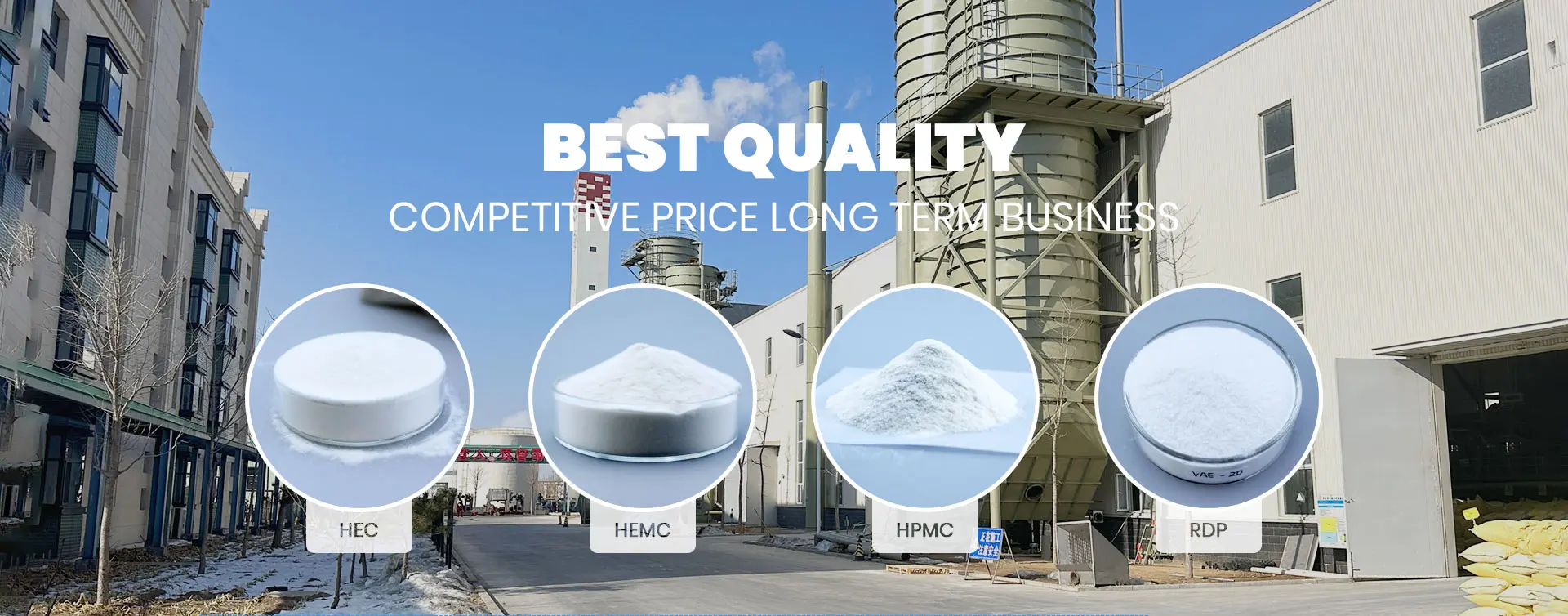
Th10 . 18, 2024 13:27 Back to list
Generating Titles Using HPMC for Enhanced Creativity and Engagement
Understanding HPMC The Versatile Hydroxypropyl Methylcellulose
Hydroxypropyl Methylcellulose (HPMC) is a cellulose ether that has gained considerable attention in various fields, particularly in pharmaceuticals, food additives, and construction industries. Due to its unique properties and versatility, HPMC plays a pivotal role in the formulation of products, functioning as a thickening agent, emulsifier, stabilizer, and excipient. This article delves into the characteristics, applications, and significance of HPMC in various sectors.
Composition and Properties
HPMC is synthesized through the etherification of cellulose, a natural polymer derived from plants. The chemical structure of HPMC includes hydroxypropyl and methyl groups that enhance its solubility in water and its mechanical properties. As a non-ionic compound, HPMC is stable under a wide range of pH levels and temperatures, making it an ideal choice for various applications.
One of the most important characteristics of HPMC is its ability to form gels and films when mixed with water, which results in viscosity and texture modification in formulations. The degree of substitution, which refers to the number of hydroxyl groups replaced by methoxy and hydroxypropyl groups, varies among different HPMC grades. This variability allows formulators to tailor the properties of HPMC to meet specific performance criteria.
Applications in Pharmaceuticals
In the pharmaceutical industry, HPMC is extensively used as an excipient in drug formulations. Its gel-forming ability and controlled-release properties make it particularly valuable in the development of tablets, capsules, and controlled-release systems. HPMC acts as a binder that holds ingredients together, ensuring uniform distribution and stability.
Additionally, HPMC serves as a coating agent for tablets, enhancing their appearance and providing a protective barrier. This coating not only aids in swallowing but also controls the release of active ingredients, optimizing therapeutic effects. Moreover, due to its biocompatibility and lack of toxicity, HPMC has become a preferred choice in the development of modern pharmaceuticals, including hydrophilic matrices for oral drug delivery.
hpmc

Role in Food Industry
HPMC has made significant inroads into the food industry as a food additive. Classified as a thickener, stabilizer, and emulsifier, it enhances the texture and mouthfeel of various food products. In baking, HPMC is used to improve dough stability, leading to better volume and texture in bread and pastries. In dairy products, it helps to maintain a consistent viscosity, preventing separation and ensuring product quality over time.
The growing demand for gluten-free and low-calorie products has further propelled the use of HPMC in food formulations. Its ability to mimic the textural properties of gluten allows manufacturers to create appealing alternatives without compromising on consistency and flavor.
Applications in Construction
In the construction industry, HPMC is widely used in cementitious formulations, such as tile adhesives, plasters, and joint compounds. Its water-retaining properties extend the working time of these materials, allowing for better adhesion and application. The addition of HPMC enhances the rheological properties, ensuring that products maintain their desired consistency even under varying conditions.
The versatility of HPMC in construction extends to its role as a sustainable additive. As the industry shifts towards eco-friendly practices, HPMC provides a viable solution, improving performance without harmful environmental impacts.
Conclusion
HPMC stands out as a multifunctional additive that has permeated numerous industries, including pharmaceuticals, food, and construction. Its unique properties, such as gel formation, viscosity enhancement, and biocompatibility, make it an indispensable component for formulators seeking innovative solutions. As research and technology advance, the applications of HPMC are likely to expand, paving the way for new breakthroughs in product development and sustainability. Embracing this versatile compound allows industries to not only enhance quality and performance but also to meet the evolving demands of consumers and regulatory bodies alike.
-
Unlocking the Benefits of HPMC Products: A Gateway to Versatile Applications
NewsAug.07,2025
-
Unleashing the Potential of HPMC Ashland: A Comprehensive Look
NewsAug.07,2025
-
Tile Bonding Cellulose: The Key to Superior Adhesion and Durability
NewsAug.07,2025
-
Hydroxypropyl Methylcellulose Powder: The Versatile Component in Modern Pharmaceuticals
NewsAug.07,2025
-
Hydroxyethyl Cellulose: The Versatile Solution for Various Industries
NewsAug.07,2025
-
Hydroxyethyl Cellulose (HEC): The Versatile Polymer for Various Applications
NewsAug.07,2025







